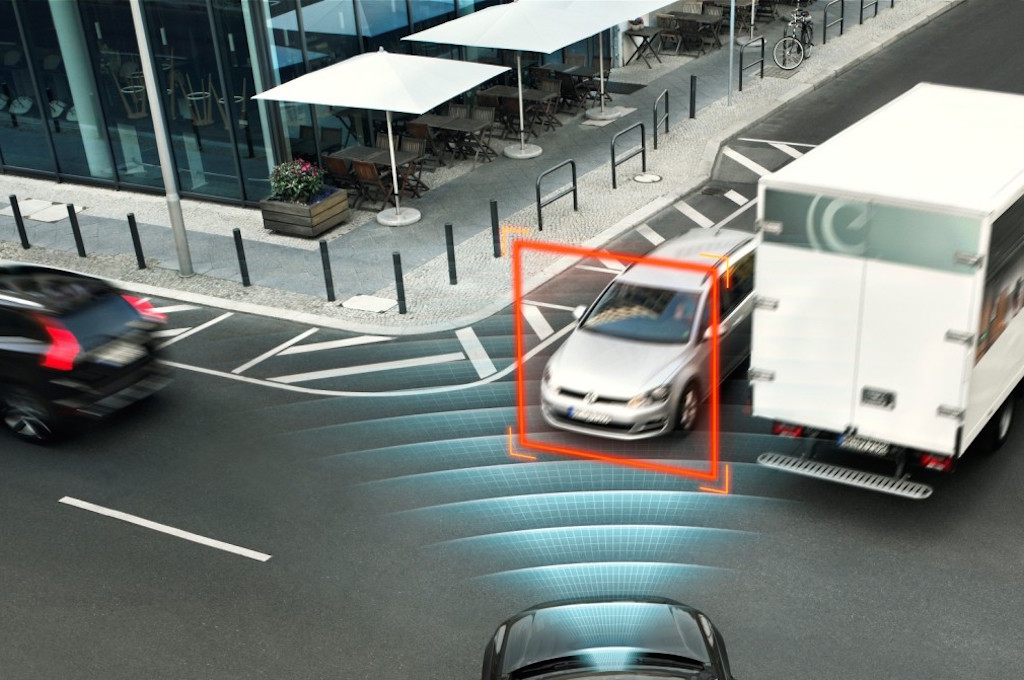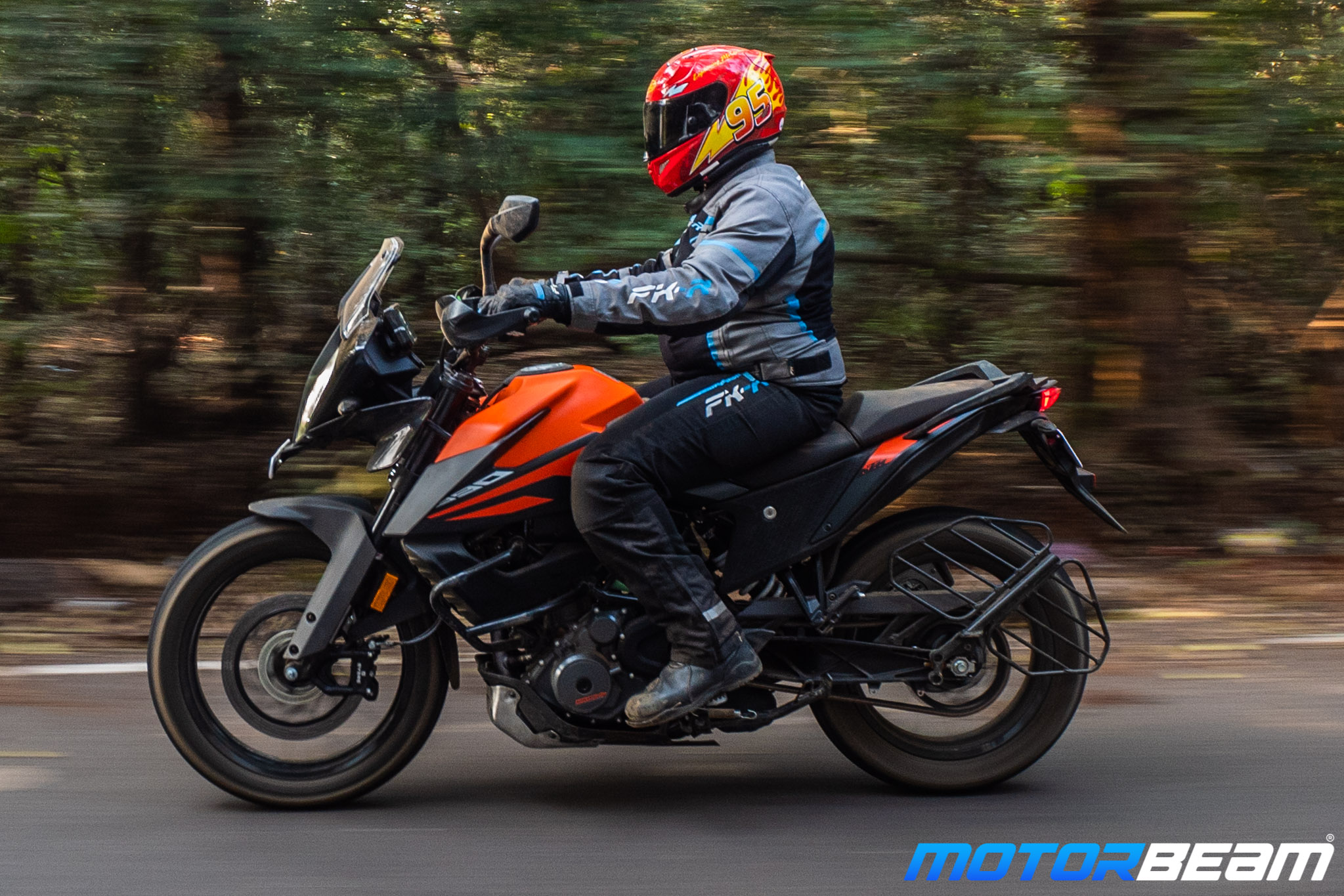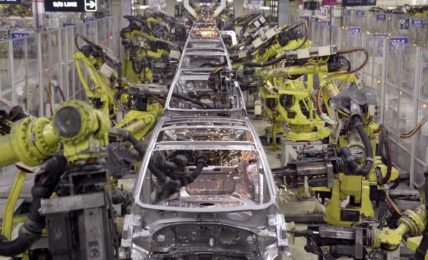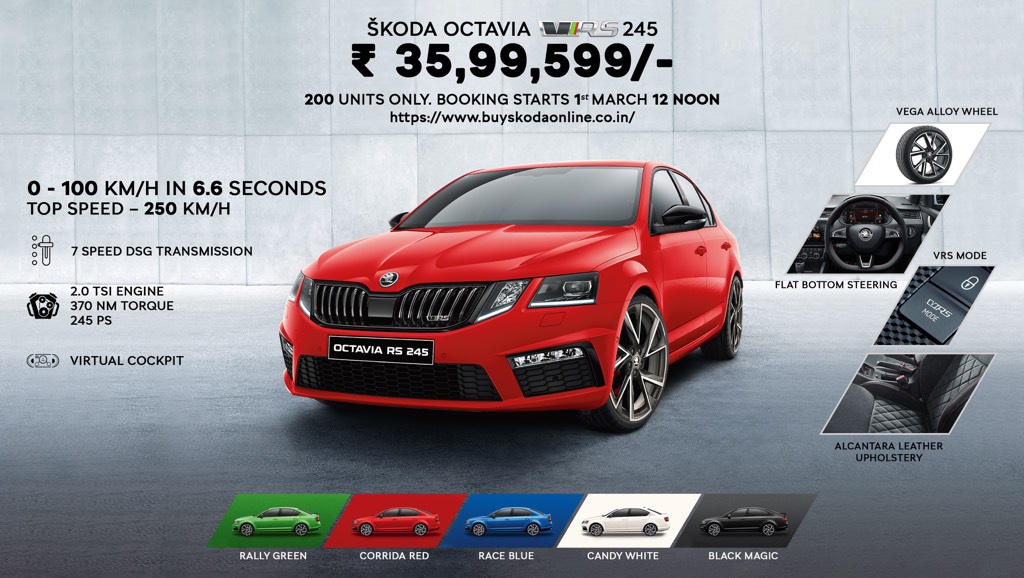When will India start prioritising safety?
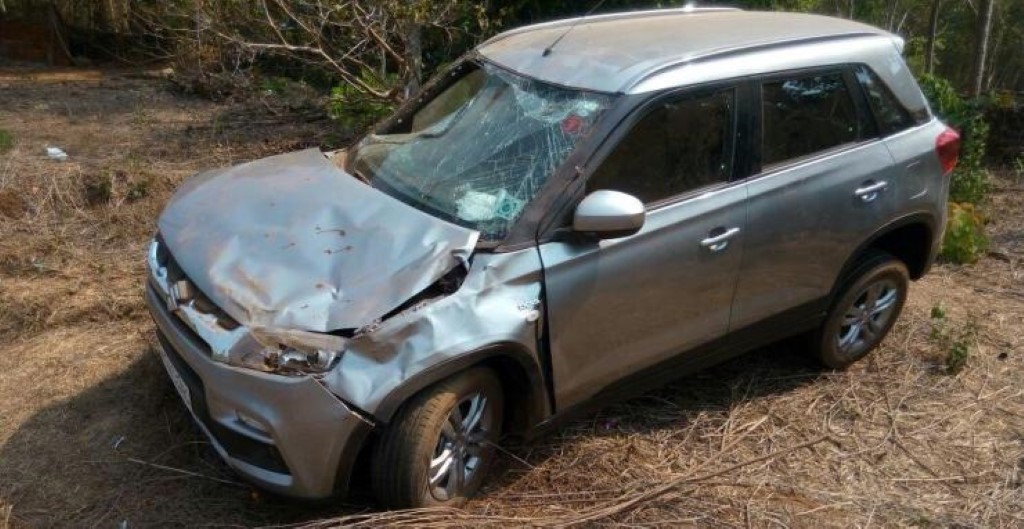
On Indian roads, it is a very common sight to spot riders without a helmet, three friends on a 2-wheeler and families of 3, sometimes 4 perched uncomfortably on a motorcycle. As a child, I speak with my first-hand experience of the hot seat over the fuel tank on my uncle’s bike. As much as fun it was in the 1990s, I don’t remember wearing as much as a cap to protect my head. I feel so lucky to be alive and thank god for Maruti for introducing the 800 and my father deciding to belt me up safely in place.
Mr. Ratan Tata has a mission and a vision when he introduced the Tata Nano; it was to offer a cost-effective alternative for nuclear families traveling on motorcycles and endangering their lives. Even though that car scored 0 stars in the Global NCAP crash tests, it was a start towards a safer tomorrow.
As per recent industry numbers, 34% of Indian car buyers are driven by the way a car looks instead of performance, price and even safety. Having a sunroof, a touchscreen infotainment system, alloy wheels, etc, is given more importance over the presence of airbags. Ask your parents about ABS and you’ll be surprised by the answers. As an automobile journalist, it’s my unsaid duty to promote proper safety while driving. While buying a car for my family, I remember walking around a popular car brand in India and listening to people making decisions about what variant they wish to buy. You’ll be surprised to know that while the respective salespeople were advocating the built quality of their car and number of safety tech on offer, buyers were more concerned about wireless chargers and power windows at the rear (facepalm).
Popular Hindi-soap director, Ekta Kapoor was once questioned “Why do you make these saas-bahu soaps with people turning into snakes and mosquitoes?”, to which she replied that the day people stop watching it, she’ll stop producing it. Demand drives the market. Yes, I just picked up a quote from her books and it couldn’t be more relevant. In November 2018, Tata Nexon became the first car in India to score a full 5-star rating in the Global NCAP crash tests. The Indian automobile manufacturer left no stone unturned to weigh in that report card hoping it would translate in sales. Surprise-surprise, it’s January 2020 and it still hasn’t. Yes, the compact-SUV segment-ruler, Maruti Suzuki Vitara Brezza scored 4-stars in the same test, but during the long period when the rating was yet to arrive, Maruti Suzuki continued to rake in great numbers for its cars that are often nicknamed as umm, ‘unsafe’ on the internet. Recently, while awarding the second 5-star rating to a Tata product, the Altroz premium hatchback, Global NCAP CEO and President challenged popular car manufacturers like Toyota, Maruti Suzuki and Volkswagen to produce a 5-star rated car in India.
Well, why wouldn’t he, India ranks 1st in the number of road accident deaths across the 199 countries reported in the World Road Statistics, 2018 followed by China and the US. As per the WHO Global Report on Road Safety 2018, India accounts for almost 11% of the accident-related deaths in the World. According to a government report filed in 2018, road accidents in India claimed over 1.5 lakh lives in the said year, with over-speeding of vehicles being the biggest reason for casualties. A total of 4,67,044 road accidents have been reported by States and Union Territories (UTs) in the calendar year 2018, claiming 1,51,417 lives and causing injuries to 4,69,418 people. On top of that, over-speeding accounted for 64.4% of the people killed. Road crashes have emerged as the single biggest killer of people in the age group of 15-45. Every hour 17 people die in India due to road accidents.
I once heard someone diss the requirement of airbags arguing that one should drive cautious and in-control enough to not require safety equipment. Oh, how much I wish I had a number or percentage for accidents occurred due to the errors of others on the road. Not just drivers, co-drivers and passengers of a car, but a properly equipped car can protect even pedestrians on the road. For eg, emergency brake! The system automatically applies the brakes if there’s a sudden change in traffic or an appearance of an obstacle and the driver does not react in time. Did you know that Volvo cars are equipped with a pedestrian airbag? It also gets oncoming collision mitigation and avoidance assistance, designed to avoid collisions with oncoming vehicles at intersections. While here in India, we are bickering about the constant beep of the seatbelt and the speed limit warning system.
Coming back to Shri Shri Ekta Kapoor, demand will the market. Unless and until Indian citizens prioritise safety for themselves, no car manufacturer will. In December 2019, the Mahindra XUV300 sold somewhere close to 2400 units in a month while the front-runner of its segment clocked 14,000 units. The former has recently bagged 5-stars in the Global NCAP crash tests and so has the recently launched Altroz. Here’s me hoping that the next few months drive in a change, or at least give a minor indication for safer times.
